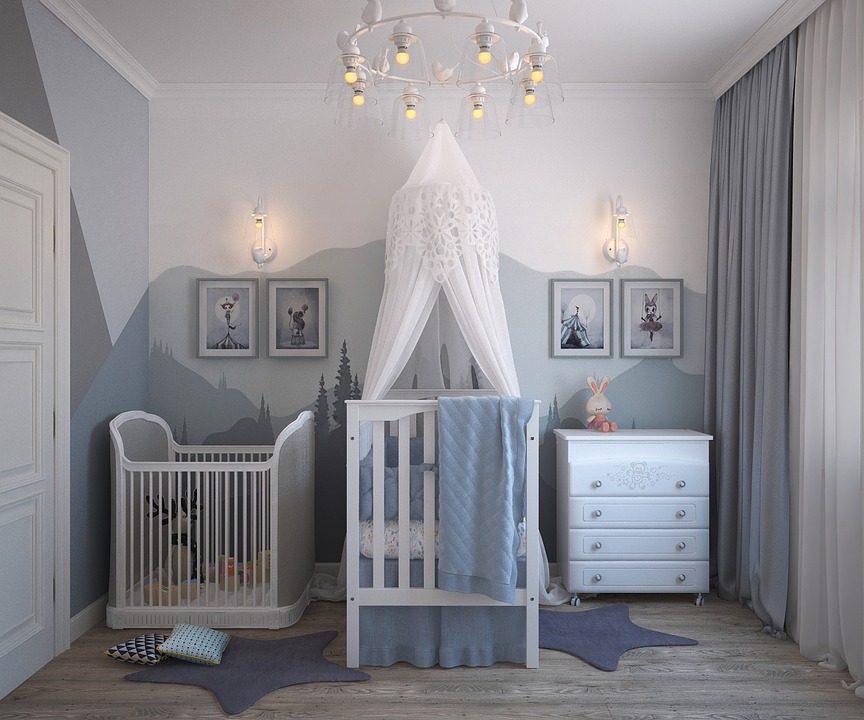
Arranging furniture in a small space can be a challenging task. With limited square footage, it’s important to maximize the use of space while still maintaining a functional and visually appealing layout. Whether you live in a small apartment or have a cozy room, here are some expert tips for arranging furniture in small spaces.
1. Measure the Space: Before you start arranging furniture, it’s important to measure the dimensions of the room. This will help you determine the size of the furniture pieces that will comfortably fit in the space without overwhelming it.
2. Create a Floor Plan: Once you have your measurements, create a floor plan to visualize the layout of the room. This will help you determine the best placement for each furniture piece and ensure there is enough space for traffic flow.
3. Choose Multipurpose Furniture: In a small space, it’s important to choose furniture that serves multiple functions. Look for pieces that can double as storage or have built-in features such as a pull-out bed or a drop-leaf table.
4. Arrange Furniture Away from Walls: While it may be tempting to push all the furniture against the walls to create more open space, this can actually make the room feel smaller. Instead, try arranging furniture away from the walls to create a more intimate and cozy seating area.
5. Consider Scale and Proportion: When selecting furniture for a small space, consider the scale and proportion of each piece. Avoid overly bulky furniture and opt for smaller, streamlined pieces that won’t overpower the room.
6. Embrace Vertical Space: In a small space, it’s important to utilize vertical space for storage and decoration. Consider tall bookshelves, wall-mounted shelves, or hanging organizers to maximize storage without taking up precious floor space.
7. Use Mirrors to Create Depth: Mirrors are a great way to create the illusion of a larger space. Place a large mirror on a wall to reflect light and open up the room.
8. Keep Traffic Flow in Mind: When arranging furniture, it’s important to consider the flow of traffic in the room. Make sure there is enough space for people to move around comfortably without bumping into furniture.
9. Create Visual Interest with Rugs: A well-placed rug can define a seating area and add visual interest to a small space. Opt for a rug that is proportionate to the size of the room and consider layering rugs for added texture and depth.
10. Edit and Declutter: In a small space, it’s important to edit and declutter regularly. Keep only the furniture and decor pieces that are essential and functional, and avoid overcrowding the room with too many items.
Arranging furniture in a small space requires careful planning and consideration. With these expert tips, you can create a functional and visually appealing layout that maximizes the use of space and makes your small space feel cozy and inviting.